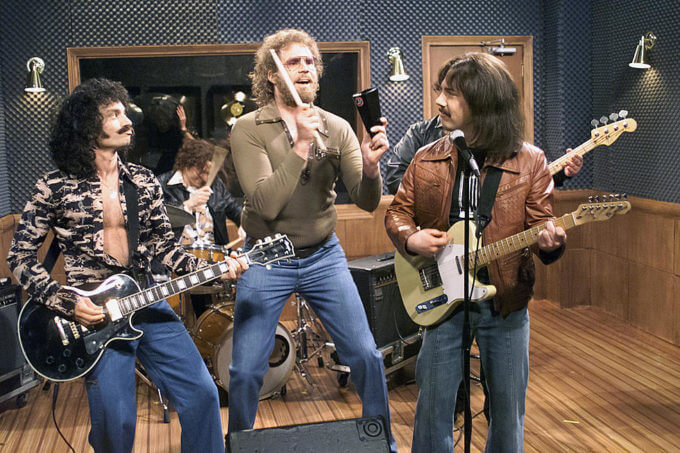More Cowbell!

The Cowbell’s Place In Music
This edition of Music 101 explores the cowbell. The cowbell served to call the cows home, keep them in herds, and identify different cows following along to the cowbell’s ringing tones. We now know cowbells inside of the music mainstream, but before popular music, cowbells existed for thousands of year as a farmhand’s tool.
What made the cowbell so endearing? The same thing that made the cowbell a major source of music many years later – the various pitches and tones that bells could put out.
A pivotal year of “cowbell music” took place in 1904. That was when two German musicians put cowbells in their compositions. That year, Gustav Mahler used the cowbell in “Symphony No. 6″, and Richard Strauss in his ” An Alpine Symphony”. The sounds symbolized the changing seasons – the last sound from the journey to earth and heaven, as Mahler famously said.
Soon, the cowbell became a more percussive instrument, featured in Latin America music, American jazz, and eventually Rock and Roll. Buddy Holly’s “Heartbeat”, released in 1958, is credited with being the first rock song that use the cowbell. You can hear that song on the More Cowbell! playlist, featured below. It was one of many rock songs to come that used the cowbell like a drum.
While Holly was the first rocker to reach the charts while using the cowbell, Latin American artists pioneered it years before. Arsenio Rodriguez’s “El Reloj De Pastoro” uses the cowbell in innovative new ways. Bud Powell’s inclusion of the cowbell in “Un Poco Loco” implemented cowbell sounds, popularizing the instrument even more. When The Beatles used it in their hit “Drive My Car” in 1965, the “cowbell invasion” was fully upon us.

